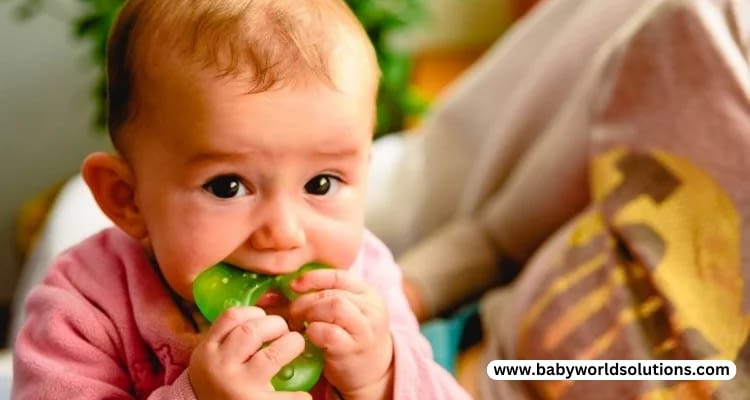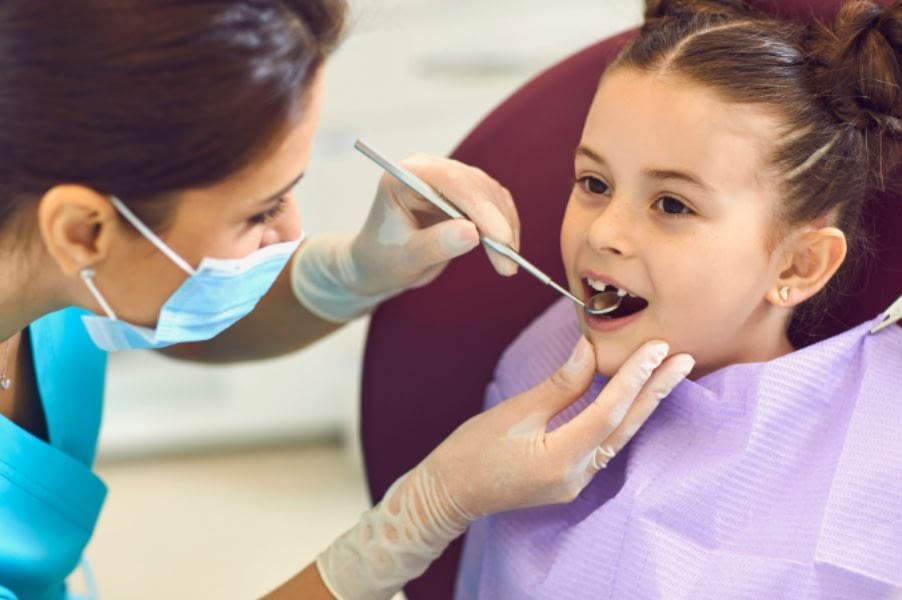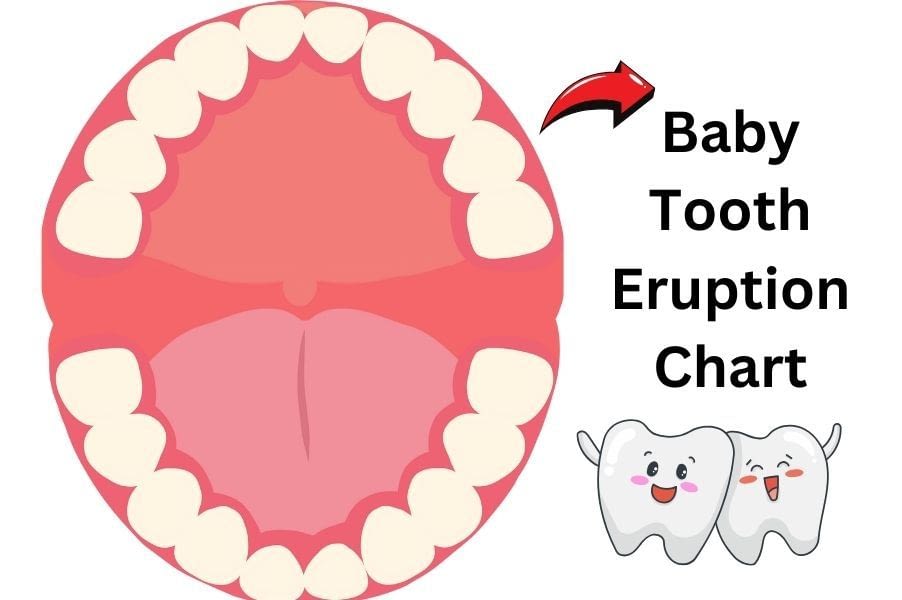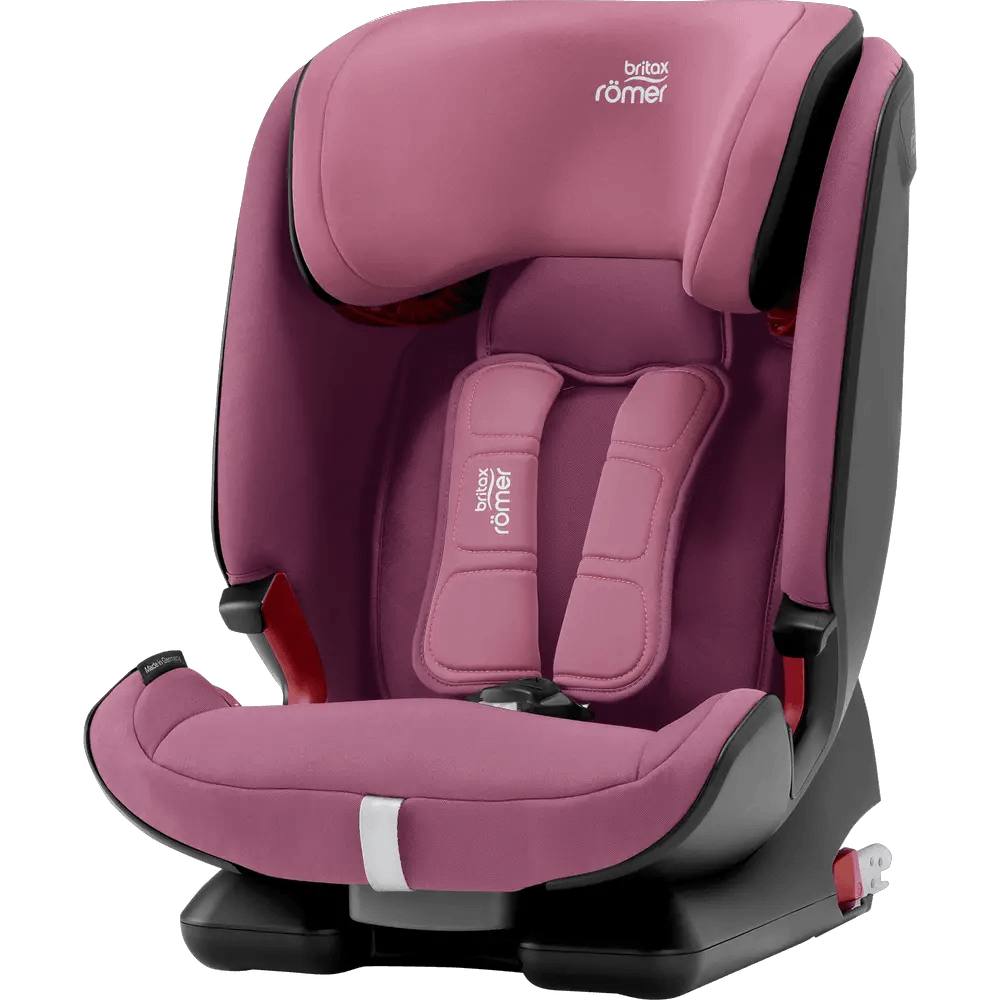Becoming a first-time mom brings with it a cascade of milestones and memories. Amongst those, witnessing your child’s gummy smile turn into a toothy grin is priceless. But then comes the wiggly teeth phase, which often prompts many questions. When do kids start losing teeth? How do you ensure their oral transition is smooth? This extra-long blog post, rich with insights and tips, aims to guide you through this dental journey.
Understanding the Milestone of Losing Baby Teeth
For many first-time moms, the baby teeth timeline isn’t just a biological process—it’s a collection of precious moments. When you notice your child’s first lost tooth, they likely already charmed you with giggles and toothy smiles. It’s essential to know what to expect so that you can appreciate this natural progression and handle any concerns with confidence.
Overview of Baby Teeth
Let’s understand the basics before we dive into when children lose their teeth. Children are born with 20 primary teeth lying under the gums. These baby teeth, called milk teeth, typically erupt around six months. They play a crucial role in development, aiding in speech, chewing, and eventually making way for permanent teeth.
When Do Kids Start Losing Teeth?
The timeline for tooth loss can vary from one child to another, but there’s a general age range that most children follow. Children usually begin to lose their baby teeth around the age of 6. Some may start earlier or later, often between ages 4 to 7. Factors like genetics, nutrition, and the rate of development affect when this milestone occurs.
The Sequence of Tooth Loss
Understanding the sequence of tooth loss can help parents anticipate and recognize the stages of their child’s dental development. While common patterns exist in how teeth are lost, there is room for variation. This segment outlines what you can typically expect.

Order in Which Baby Teeth Are Typically Lost
The process of tooth loss generally follows a predictable pattern:
- Lower Central Incisors: The first to go are usually the bottom front teeth, known as the lower central incisors, around age 6.
- Upper Central Incisors: Shortly after, the upper front teeth or upper central incisors tend to follow suit.
- Lower Lateral Incisors: Next are the teeth adjacent to the lower central incisors, known as the lower lateral incisors, at around age 7.
- Upper Lateral Incisors: The upper lateral incisors usually fall out soon after.
- First Molars: By age 8, most children will lose their first molars, the teeth next to the canines.
- Canines: Canines are typically lost between ages 9 and 12.
- Second Molars: The last baby teeth to go are usually the second molars, which fall out around age 10-12.
Common Patterns and Variations
While this is the typical sequence, there is some variation that can occur:
Some children may lose their teeth earlier or later than usual. It’s also not uncommon for the second molars to be lost before the canines. Occasionally, a child may even lose a tooth out of sequence if it has been damaged or needs to be extracted for medical reasons.
Signs of Tooth Loss
Recognizing the signs of impending tooth loss can help parents prepare for this natural transition in their child’s dental journey. Here, I will delve deeper into the physical signs that indicate a baby’s tooth is ready to come out and discuss the symptoms and discomfort that may precede tooth loss.
Physical Signs That a Tooth Is Ready to Come Out
The journey of a tooth from being firmly in place to ready to be put under a pillow for the tooth fairy is marked by several tell-tale signs:
- Looseness: The most evident sign is when a tooth starts to wiggle. At first, the movement may be slight, but as the roots dissolve, the tooth will become increasingly mobile.
- Visibility of Permanent Teeth: As the baby tooth becomes loose, you might see the top of the emerging permanent tooth behind it.
- Changes in Tooth Position: As the new tooth pushes upward, the baby tooth may angle or shift oddly, sometimes affecting the child’s bite.
- Space Between Teeth: You might notice that the baby tooth has more space around it, indicating that underlying changes are occurring.
Preceding Symptoms and Discomfort
While the process of losing baby teeth is generally not painful, some children experience discomfort or other symptoms:
- Sore Gums: Gums may become red, swollen, or tender as the tooth prepares to leave its spot.
- Irritability: The discomfort associated with wiggle teeth can make a child more irritable than usual.
- Difficulty Eating: Some children find it uncomfortable to chew when a tooth is very loose, mainly if it causes a pinching sensation.
- Bleeding: It’s not unusual for a small amount of bleeding to occur once the tooth finally falls out, as the tiny roots holding the tooth in place let go.
Encouraging children to avoid forcing a tooth to come out before it’s ready is essential, as this could cause unnecessary pain or complications. Regular dental checkups will also help ensure that these milestones in dental development occur healthily and typically. If your child experiences significant pain or signs of infection around a loose tooth, consult a pediatric dentist.

Factors That Can Influence the Timing of Tooth Loss
Several factors can influence when a child will start losing their teeth:
1. Genetics: It plays a significant role in determining when a child may start losing their baby teeth, similar to other developmental milestones. If you or your partner lost your baby teeth earlier or later than the average age, there’s a chance your child will follow a similar pattern.
2. Nutrition: A well-balanced diet with nutrients can promote healthy dental development. Conversely, nutritional deficiencies could delay the process.
3. Oral Habits: Habits such as thumb sucking might also affect the timeline of tooth loss, as they can alter the growth and positioning of the teeth.
4. Tooth Development: The rate at which your child’s teeth develop can alter when they begin to lose them. Some children’s teeth proliferate and shed earlier, while others may have a slower pace.
5. Oral Health: Good dental hygiene can help prevent early tooth loss due to dental caries or accidents. Conversely, improper oral hygiene may result in tooth decay and loss of teeth before the natural timeline.
Caring for Teeth During Transition
Dental hygiene doesn’t pause when a tooth starts wiggling. Continue with brushing and flossing routines, but be gentle around loose teeth. Encouraging good habits early can set a foundation for lifelong oral health.
Dental Hygiene Tips During the Tooth Loss Phase
- Gentle Brushing: Teach children to brush gently around loose teeth. It’s important not to be too aggressive, which can cause discomfort or accidentally dislodge the tooth before it’s ready.
- Soft-Bristled Toothbrush: Use a soft-bristled toothbrush that is easier on sensitive gums and loose teeth.
- Flossing Practice: Continue to floss daily, but be cautious around the loose teeth to prevent pulling them out prematurely.
- Balanced Diet: Maintain good gum health by following a healthy diet rich in vitamins and minerals and reducing sugary snacks that can cause cavities.
- Regular Dental Visits: Stick to a regular dental checkup schedule for professional cleaning and to monitor the progress of tooth loss and the growth of new teeth.
Strategies for Managing Pain and Discomfort
- Cold Compress: Apply a cold compress or give children cold foods and drinks to help numb the area and reduce inflammation.
- Pain Relievers: Consult your child’s dentist about using over-the-counter pain relief if discomfort is more pronounced. Always follow the recommended dosage for children.
- Soft Foods: Offer softer foods that require less chewing to minimize discomfort during eating.
- Chewing Gum: Sugar-free gum can be soothing for sore gums and may help with the wiggling of loose teeth.
- Avoid Hard or Sticky Foods: They can accidentally dislodge the tooth or cause more pain; hence, these should be avoided.
Tips for Supporting Your Child’s Tooth Loss Journey
Losing baby teeth can be an emotional and sometimes painful experience for children. As a first-time mom, you play a crucial role in guiding your child through this milestone with patience, love, and care. Here are some tips to make the journey smoother:
- Create a positive environment: Talk to your child about what to expect and reassure them that losing teeth is a natural part of growing up. Encourage them to share any fears or concerns they may have.
- Celebrate each tooth: Losing a tooth can be exciting, and your child will love to share this special moment with you. Make it fun by creating a tradition, such as writing letters to the tooth fairy or planting a tree for each lost tooth.
- Emphasize good dental hygiene: Losing teeth means caring for new, permanent ones. Teaching your child to brush and floss daily for a healthy and strong smile is important.
- Be prepared for mishaps: There may be instances where a tooth gets knocked out unexpectedly or doesn’t fall out on its own. Knowing how to handle these situations, such as using clean gauze to stop bleeding and contacting your child’s dentist, is crucial.
Conclusion: When do kids start losing teeth?
For a first-time mom, each of your child’s milestones is a mixed bag of joy and jitters. Rest assured, losing baby teeth is a natural process, and with the knowledge you’ve gained today, you’re more than prepared to guide your child through it. Remember the significance of regular dental checkups during this period, and keep those fallen teeth. They’re not just currency for the tooth fairy; they’re cherished keepsakes of your child’s growth.
Parents Also Ask
When do kids lose their first tooth?
While the average age is 6, don’t fret if your child’s first loose tooth happens a bit sooner or later.
How many teeth do children have?
Children have 20 primary teeth. Once they transition into adults, they’ll have a full set of 32 permanent teeth.
What order do teeth fall out?
Typically, teeth are lost in the same order they erupted: central incisors first, lateral incisors, first molars, canines, and second molars.
Do molars fall out?
Primary molars are temporary teeth that permanent molars will eventually replace. This typically happens between the ages of 10-12. However, some children may lose their primary molars earlier or later than this age range. It’s also important to continue proper dental hygiene during this transition period.
Which teeth fall out at age 10?
At age 10, most children will have already lost their front teeth (central incisors and lateral incisors). They may also lose their first molars, but this can vary from child to child. By the age of 12 or 13, all baby teeth should have been replaced by permanent teeth.
What is the average age to lose the first tooth?
While the average age for children to start losing their baby teeth is around six, it’s important to remember that this can differ significantly from child to child. Generally, tooth loss begins anytime between the ages of 4 and 7.
1 Visit today





